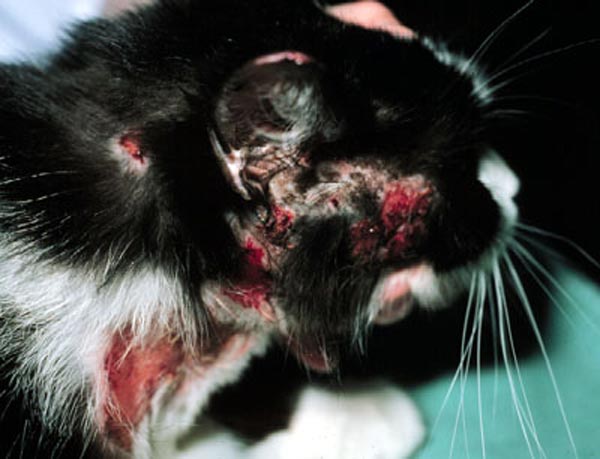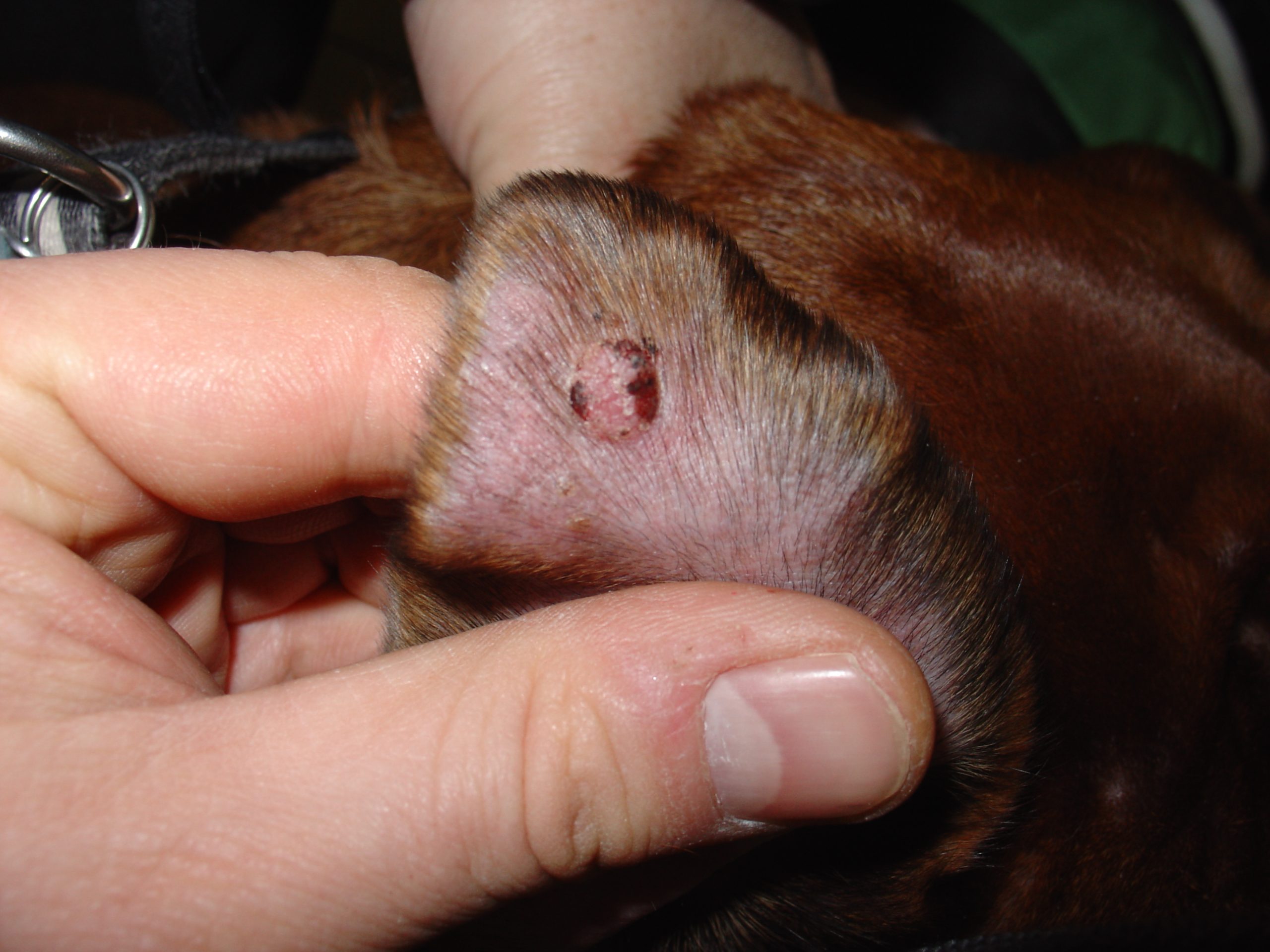Although “off-licence”, immunotherapy is well worth considering in our pruritic feline friends.

Of course we need to rule out all other causes of pruritus first:
- Ectoparasites: As well as all the usual suspects, don’t forget Demodex can occasionally cause ventral alopecia and pruritus (that’s the funny flat form, not the cigar shaped one).
- Food allergies: Let’s face it, food allergy is tricky to pursue in cats – and if they have a partly outdoor lifestyle, hypoallergenic diets are of not of any use.
Case study
I recently saw a case that had typical excoriation lesions around the head and neck.
The owner was able to keep the cat indoors on Purina HA Hypoallergenic for six weeks, and was happy to dose monthly with Stronghold. This, together with a good response to steroids, was highly suggestive of atopy.
Serum IgE testing produced a range of high levels to pollens, house dust mite and moulds.
Our friend has recently started on immunotherapy injections and is now starting to show signs of a good response. With the feline response to immunotherapy reported to be higher than that in dogs, this may be something well worth considering in cats.






